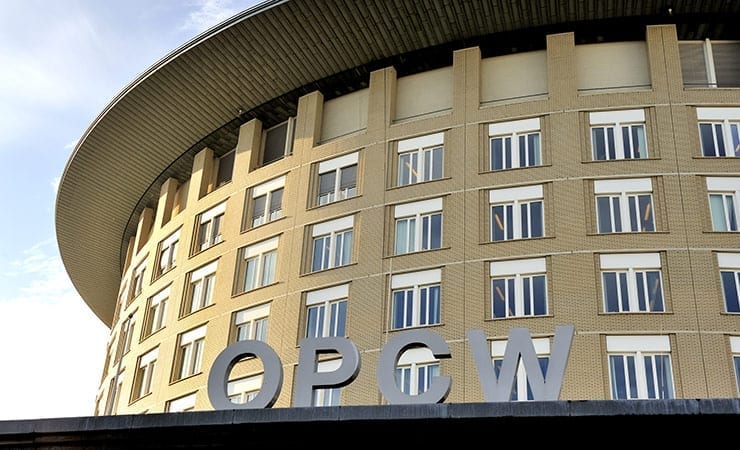The destruction of an underground structure in Syria that previously hosted a chemical weapon production facility – the first of twelve planned to be destroyed – was completed on 31 January 2015, according to a release from the Organisation for the Prohibition of Chemical Weapons (OPCW).
OPCW inspectors verified and declared the structure as destroyed on the same day. Preparatory work for the destruction of the eleven remaining structures continue.
“I welcome the destruction of the first facility, which had been delayed due to some technical reasons. I am hopeful that remaining destruction activities will proceed according to the plan,” said Director-General Ahmet Üzümcü.
98% of chemical weapons declared by the Syrian Arab Republic have so far been verified by the OPCW as destroyed. This includes 100% of sulfur mustard and methylphosphonyl difluoride – a precursor chemical for the nerve agent sarin – which were neutralised aboard the US Cape Ray.
Only 29 metric tons of hydrogen fluoride remain to be destroyed at facilities in the United States and United Kingdom.
Progress towards destruction of effluent arising from sea-based destruction of sulfur mustard and methylphosphonyl difluoride continues to be made at facilities in Germany and Finland, respectively – 63% of 333,520 kg of sulfur effluents and 52% of 5,867,000 kg of fluorinated effluents have been destroyed.
Source: OPCW, adapted.
Editor Recommends: For Syria’s Chemical Plants, It’s One Down, 11 to Go (Foreign Policy)


